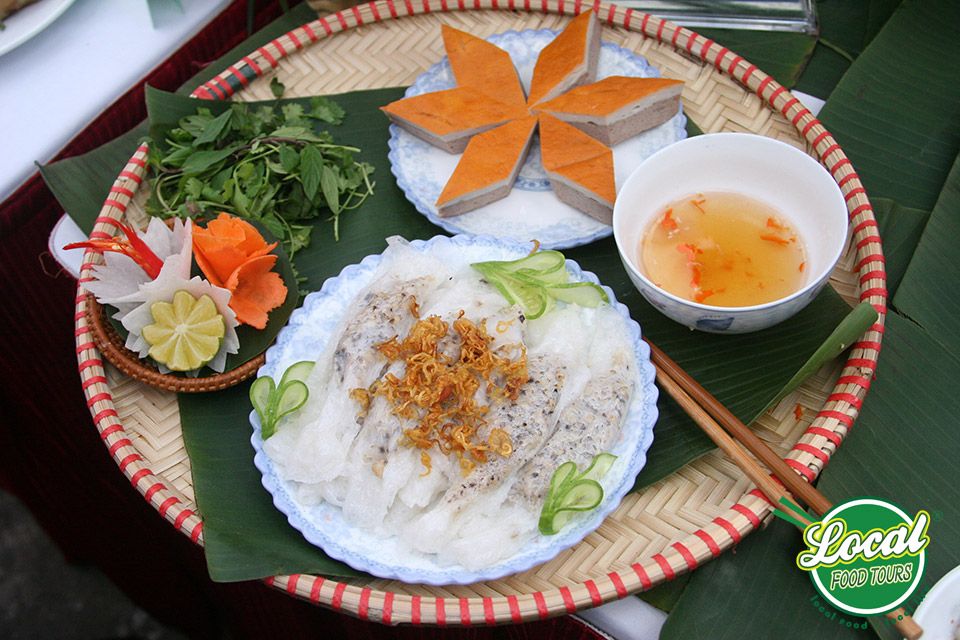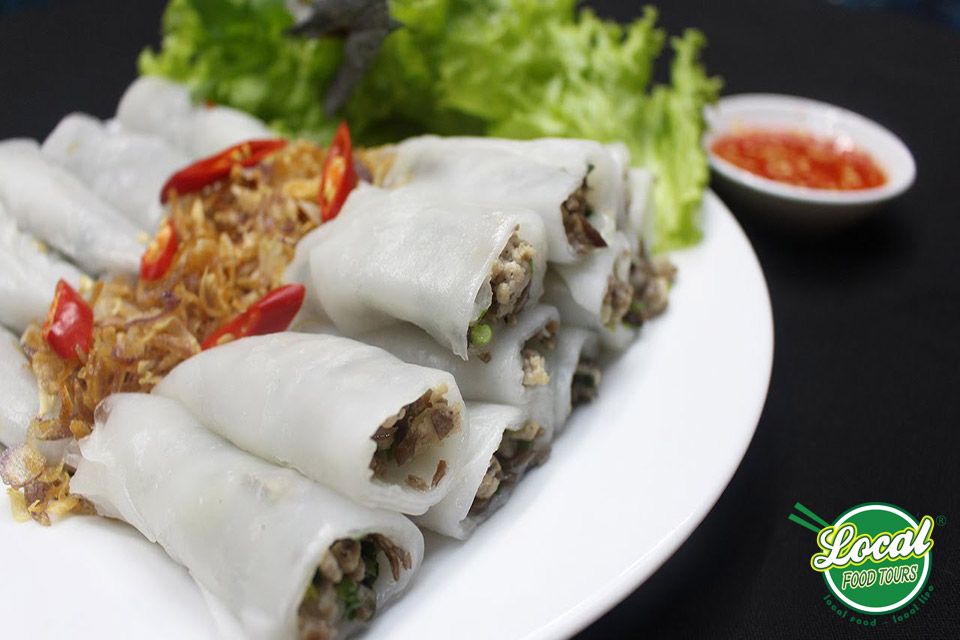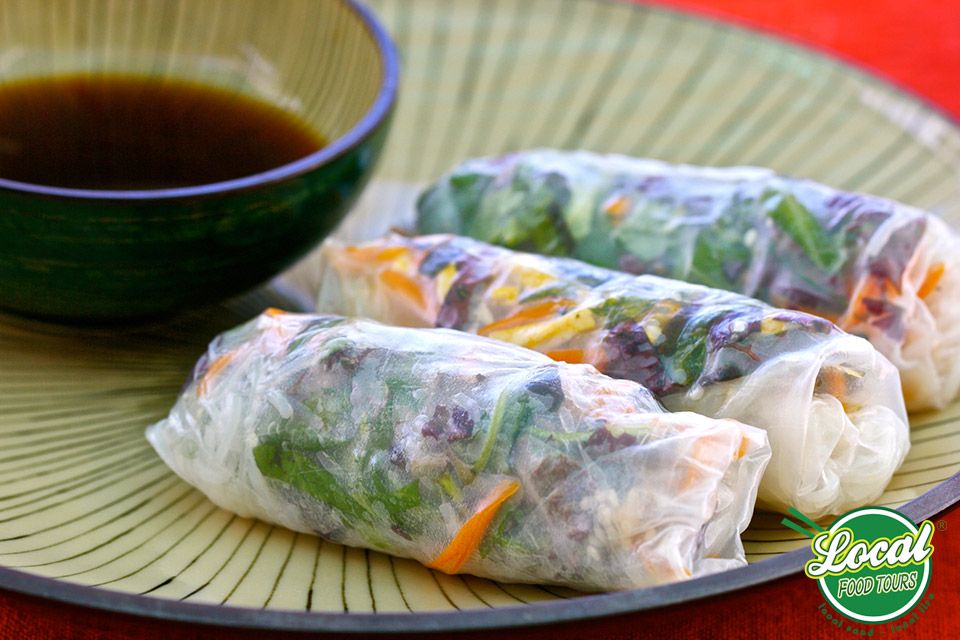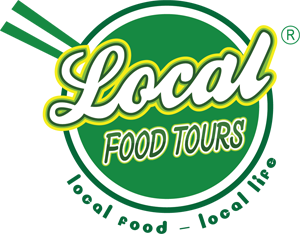Hanoi is well known for not only a rich culture and history but also a wonderful and tasty cuisine. Hanoi street foods are popular with every tourist coming to Hanoi therefore, it is hard for them without joining a Hanoi local food tour to enjoy some most famous and delicious foods of Hanoi. Banh Cuon (steamed rice rolls) is a must-eat food of Hanoi that any tourist coming here should try once.

Original story of Banh Cuon
The origin of Banh Cuon is traced from Northern Vietnam, the exact date and time it was first made are unknown but it seems hard to deny that Banh Cuon has been made for years and served over ad over again. Ranking first among members f the extended noodle family, Banh Cuon features a paper-thin steamed rice four-pan cake, like delicate sheets of fresh rice with a warm fish sauce broth and some slides of Cha Lua while listening to the sounds of Hanoi in the morning will be a memorable experience for guests travelling to this city.

How to make Banh Cuon
Visibly, a roll of Bánh Cuốn is finished from two main ingredients, steamed rice sheets and fillings.
Rice sheets are made from the mixed batter of rice flours, tapioca starch and sometimes potato starch. Traditionally, makers grind white rice to have fresh rice flour in mixing with other ingredients. Only a small batch of rice is ground each time to make enough rolls for consuming in a day. That tradition purposes no leftover rice flour is being used for the next batch to keep every roll is freshly steamed. While packed rice flour is now available at almost the markets, many questions raise regarding the hidden reason people still proceed with the time-consuming process. A simple yet surprising answer is a secret to making an extremely thin, delicate and wide rice sheet without breaking. If using old-day flour, sometimes, it does smell strong flour-like and it really tastes differently. The traditional method to steam rice sheet is using a steamer, a kind of fabric covered pot put on boiling water. Steams release from the underneath boiling water will quickly cook rice flour, keep the sheet moist and workable. A ladleful of batter, mix from rice flour and tapioca starch with water, is poured and evenly spread out in a very thin layer of a cloth stretches across and places on top of the pot. In less than a minute with the cover of a pot, a rice sheet should be done. It now turns out a transparent rice paper. Unlike other pastries, a delicate rice paper is lifted off the steamer by a flat and flexible bamboo stick and placed on a large tray. This is a tricky and not an easy technique for those who have not ever touched the steamer. A fabulous thinly cooked rice sheet is now ready for filling and rolling.

The filling comes with various recipes depend upon where you eat Bánh Cuốn. A delicious filling commonly tastes across the country is ground pork mixes with finely chopped jicama, minced onion and shallot and dry fungus. All ingredients are well-incorporated and seasoning to taste with a few spoonfuls of fish sauce and a dash of ground pepper. The mixture, then, stirs fry to thoroughly cook. A couple tablespoons of filling are placed on a hot rice sheet which is then folded up and roll. The transparency of a look-like rice paper exposes the stuffing inside signals an earthy and delicious roll is ready to serve.

Today, Vietnamese families across Vietnam and in the country outside Vietnam use a non-stick pan to make Bánh Cuốn. The recipe remains the same with traditional one, the rice sheet won’t be as thin as steaming on the cloth covered pot but the result will still be satisfactory. Practically, this method is uniquely home-made and easy to use. It becomes very popular since many families now can make Bánh Cuốn at home and at any time they desire for a comfort roll.

You can taste Banh Cuon at some small restaurants in Hanoi or some vendors in Hanoi street corner. Join our Hanoi Local Food Tours is one of the best choices to enjoy Banh Cuon and other traditional dishes of the Hanoian and learn more about Vietnamese culture and history as well.
Save

